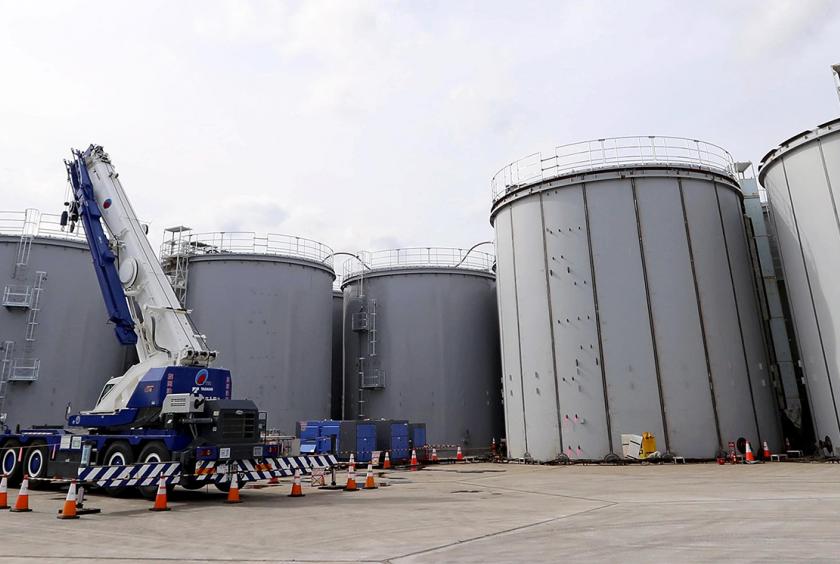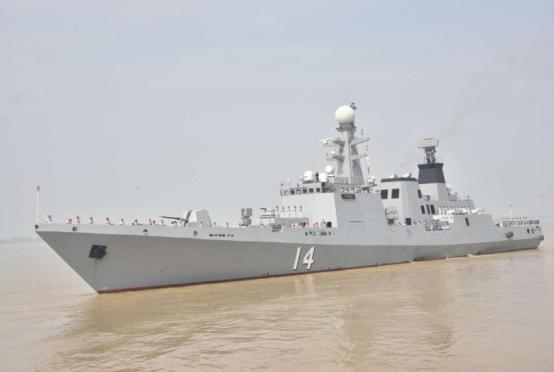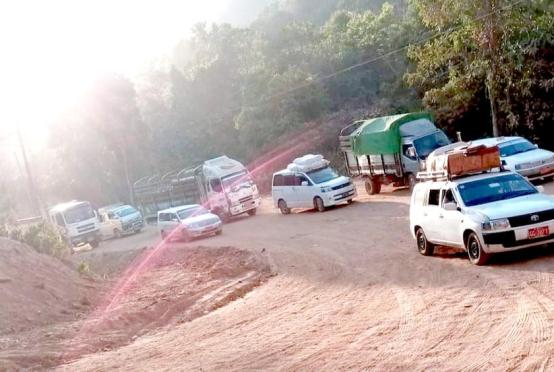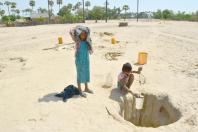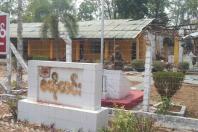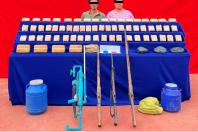by Akiko Inoue
TOKYO (The Japan News/ANN) - Seeing the massive cylindrical tanks that store treated water - which is water that was contaminated and has undergone purification - I realized once again how long it will take to decommission the reactors.
About one month ahead of the nine-year anniversary of the March 2011 accident at Tokyo Electric Power Co. Holdings Inc.’s Fukushima No. 1 nuclear power plant, I visited the site to see the current state of the place. Seeing the massive cylindrical tanks that store treated water — which is water that was contaminated and has undergone purification — I realized once again how long it will take to decommission the reactors.
More steel tanks, about 12 meters in both height and diameter, were under construction in the southeast area of the site. In the space where they will be installed, hexagonal lines on the ground showed that they will sit as close as possible to each other.
Standing beside the tanks, I was overwhelmed by their presence. TEPCO currently stores about 1.18 million tons of treated water in about 1,000 tanks. By the end of 2020, it plans to secure tanks to store about 1.37 million tons, but the tanks will be full by the summer of 2022, according to TEPCO estimates.
In a report compiled on Feb. 10, an expert panel of the Economy, Trade and Industry Ministry proposed two ways to dispose of treated water: releasing it into the ocean after diluting it, and releasing it into the atmosphere by evaporating it. The government will decide how and when to dispose of it, but it may take up to about 30 years, depending on the amount of water and when to start disposal.
TEPCO has been removing most of the radioactive substances, except tritium, from the contaminated water, which is generated mainly by cooling melted fuel in the reactors. The substances are removed in cylindrical adsorption towers at a facility called ALPS that is equipped for this work.

